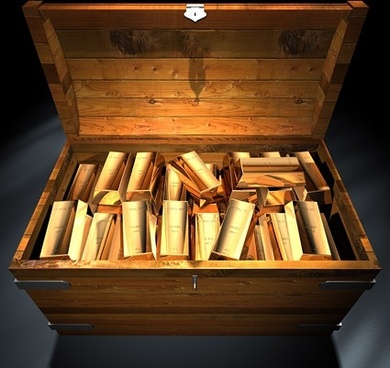CALIFORNIA GOLD REGION 1

California Gold
Region 1 embraces the eastern area of Southern California from Death Valley to the Mexican Border. It includes Death Valley , Needles, Blythe, Glamis, Picacho and
Brawley. Some of the mountain ranges in California Gold Region 1 are Nopah, Big
Maria, Cargo Muchacho, Chocolate, Chuckwalla, Panamint, Providence
There are gold
sites in California Gold Region 1 within fifty miles of Las Vegas California side of the Colorado River
north of Interstate 8 just a few miles north of Yuma , Arizona
Big Ten's California Gold Map 1 covers California California
Imperial
Inyo Riverside San
Bernardino
Gold sites continue to the west on Maps 2, 3 and 4.
GOLD MINES AND GOLD PROSPECTING INCALIFORNIA
Gold sites continue to the west on Maps 2, 3 and 4.
GOLD MINES AND GOLD PROSPECTING IN
California
Division of Mines and Geology Bulletin 193 mentions that mining was done by
Spaniards as early as 1780-81 in the Cargo Muchacho Gold District, about 15
miles northwest of Yuma , Arizona California
The Cargo
Muchacho District received it's name of Cargo Muchacho, or Loaded Boy, when two
young Mexican boys came into camp one evening with their shirts loaded with
gold. American miners became interested in this district after the end of the
Mexican War in 1848. Large scale mining was done there to depths of 1,000
feet.
The Potholes and
Picacho mining districts also lie in the southeastern part of Imperial County ,
about 50 miles east of El Centro and 20 miles
north of Yuma California Chocolate
Mountains in Imperial County
The Chuckwalla
district, in the Chuckwalla Mountains of Southeastern Riverside
County
Gold has been
mined in the Clark Mountain Range in San
Bernardino County Death Valley National
Monument in Inyo
County
COMMENTS ON GOLD
PROSPECTING IN CALIFORNIA
The eastern area
of Southern California is dry and hot. This
has not deterred modern-day prospectors from hunting for gold with metal
detectors during the cooler seasons. They use their metal detectors to scan
placers for nuggets in the dry washes and the tailings from earlier mining
operations. Other prospectors employ dry washers to recover fine gold and
nuggets.
The hundreds of
dry washes originating in, and coming down from, the mountain ranges offer
opportunities to find more gold. Prospectors from Arizona ,
Nevada , and other states cross into California











Post a Comment